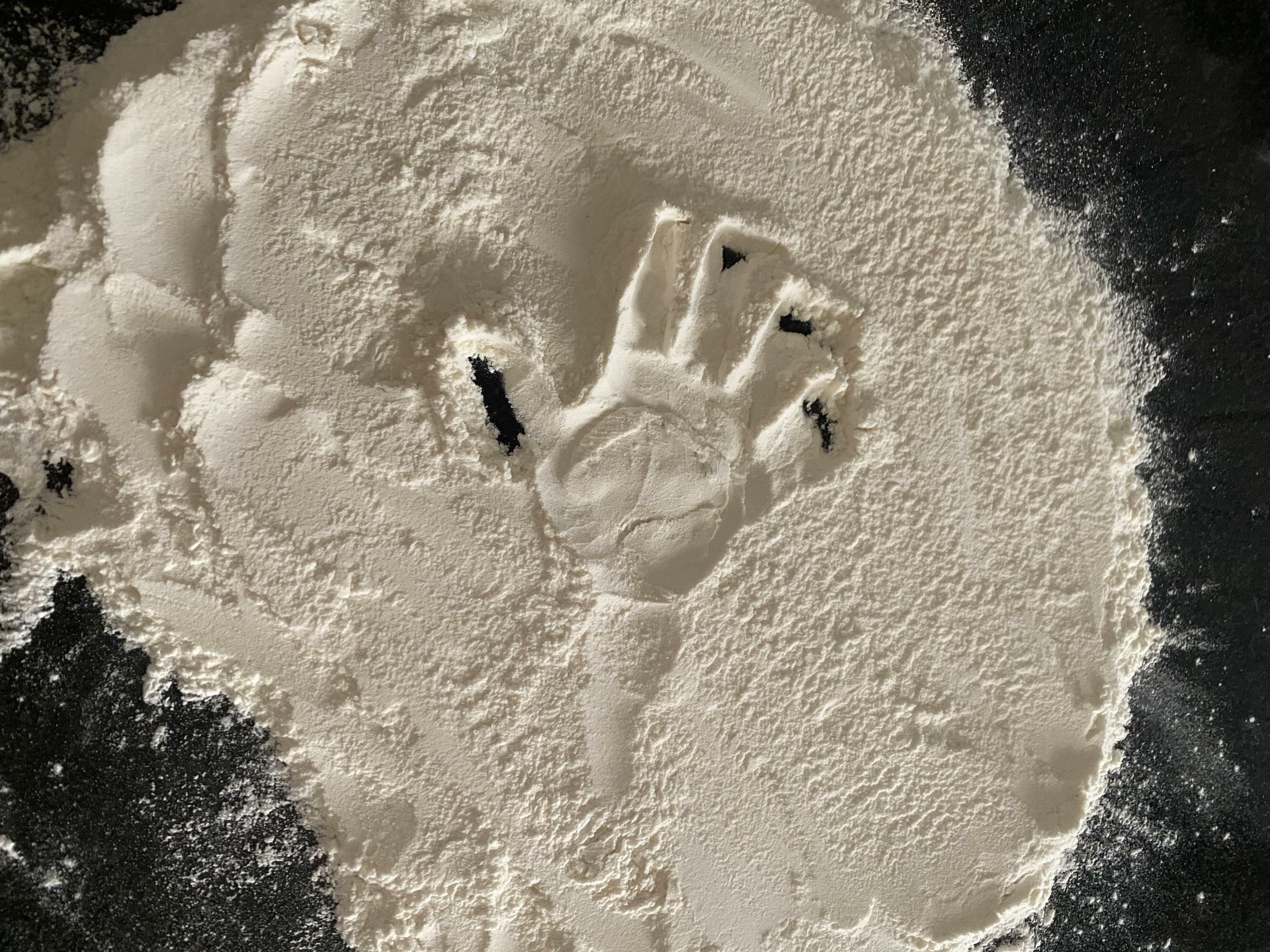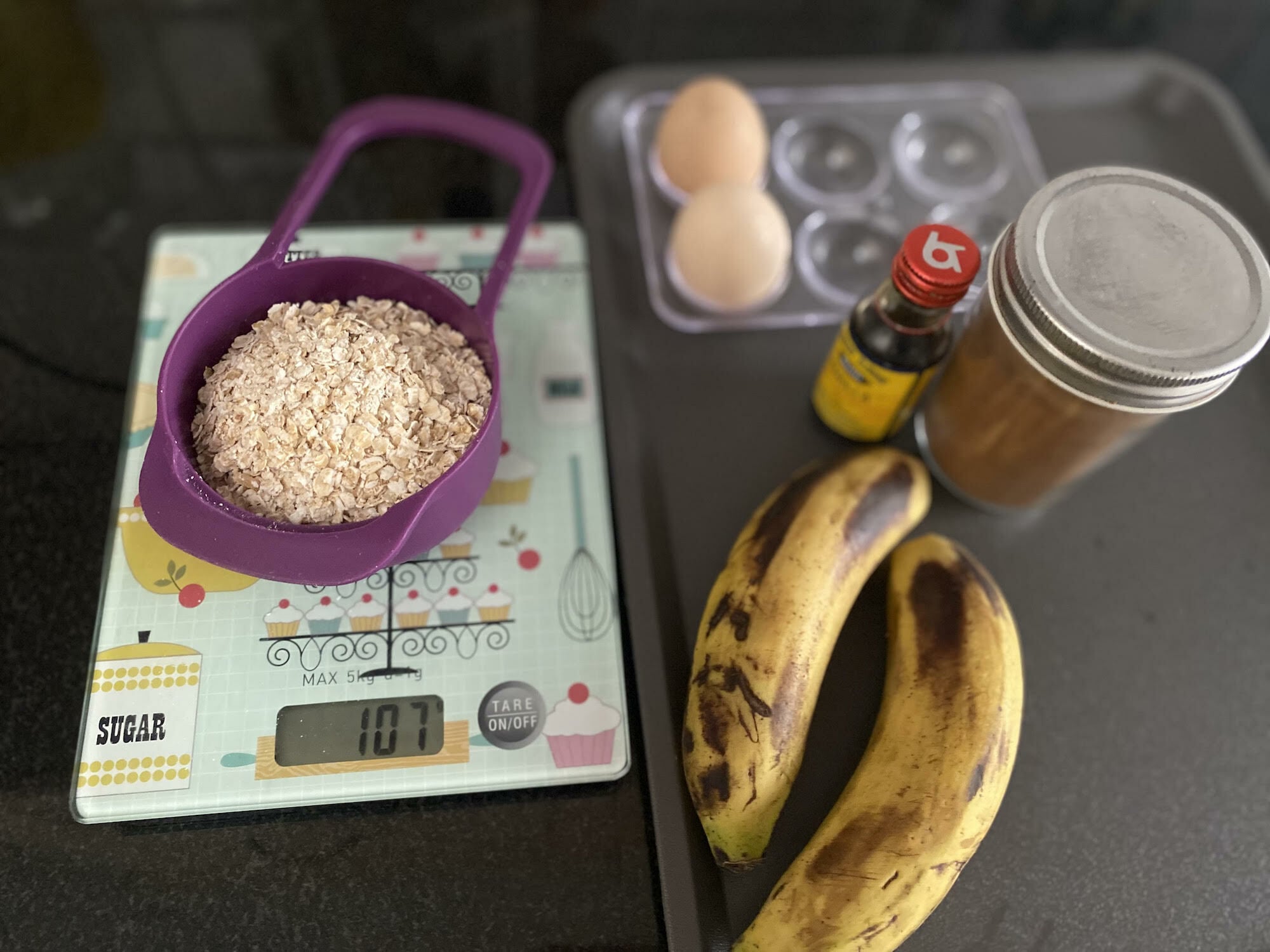Let the kitchen become your child's new playground
Sizzling, crackling, dicing, whipping — the kitchen is a place brimming with sensory exposure and opportunities for tactile play for children. Feeling sticky dough within their hands, watching the blender turn bananas into mush, hearing the bubbling of the chicken broth and dealing with mayhem on the floor when sugar spills out of a measuring cup — budding kitchen helpers can learn a lot of concepts in this room.
After starting a home-based food venture when my baby turned four months, I began to acclimatise him to the kitchen where I would be spending a large chunk of my day and soon realised what a wonderland of sights, sounds, aromas and textures it can be for a growing child.
When children assist with tasks like decorating cupcakes or kneading dough, especially in their early years, it plays an integral role in fine tuning their motor skills, which are vital for both physical and cognitive development. Try it. Place a mound of flour on a clean surface and watch as your toddler witnesses this pearl-coloured dust vanish into thin air with an infantile blow. Or spread the flour further and demonstrate how to leave a handprint. You will soon find yourself scurrying for more flour.

Children can develop a sense of material and texture in the kitchen by touching different things like grainy lentils, crunchy cereal, hard ice or soft cooked pasta. When my toddler tried spaghetti for the first time at around seven months, it instantly turned into a game of picking up and raising these slimy strings as high as possible, tilting his head back to face the ceiling and cascade them into his mouth. Chewing, gnawing and entangling between fingers to feel and play — a lot went on.
It is also the ‘hands-on learning’ that is now the go-to approach in modern-day early years learning globally. Usually between the ages of two and five, children can start assisting with simple tasks like stirring, sprinkling herbs or rinsing fruit. This is a suggestion, so begin when you’re more confident about your child’s sense of balance or understanding for safety.
How can you make kitchen a place of fun and learning for your child? How about we get cooking and see how making food together can bring numerous elements into play. Let’s make oatmeal and banana pancakes as a weekend morning activity.

Being both flourless and naturally sweetened, oatmeal and banana pancakes are a healthy breakfast option for kids. Pull out the ingredients and involve your kids in a gratifying process of creation. For this you will need bananas, oats, eggs, cinnamon powder and vanilla extract. Encourage your kid to role-play as a fruit seller and sell bananas to you. If one banana is priced at Rs10 and there are a dozen in stock, but only two are needed for the recipe, let them do the math and conclude the amount needed for two bananas.
While playing customer, you can ask for ripe, underripe or overripe bananas. This way of role playing is a disguised way of teaching. Playing out real life situations enables kids to learn about the environment around them and helps them develop communication skills. Now, back to those pancakes!
Next, you need the equipment. Take out a mixing bowl, a weighing scale, a food processor, a spatula and a pan. Let your child mash the bananas first. I would suggest providing a potato masher for this task instead of a fork for a firm grip. Weigh the oats on a scale or measure them in a baking cup. You need about 100 grams. If your scale can switch from grams to ounces, that is a good cue to bring up conversions, given the kids are old enough.

Next, blend the oats in the processor for two to three minutes. Every time I use the food processor, my toddler gets fascinated by the whizzing and ogles in wonderment. What is noise for you could be a stimulant for the child, piquing his interest in the things around him. Next, add the oats in the bananas along with two eggs, a touch of cinnamon powder, vanilla extract and mix well. In a pan add about a teaspoon of coconut oil and dollop the batter to make small, round pancakes.
Once ready, you can let your children get creative with toppings and give a choice between maple or honey, Nutella or peanut butter. Too many choices will be overwhelming so offer just enough to let them feel a little in control of the process. This activity just taught your children how to gauge, pour, measure, choose and use equipment.
You can create lots of great memories in the kitchen, while training a sous chef along the way! From birth to about 18 months, there’s not much toddlers can do except watch you and observe. That is good enough if you interact while they are set someplace secure and let them feel and touch things you’re cooking with. Or hand over pots and pans with a variety of spatulas like plastic, rubber or wood to let them bang their way to a sensory explosion.

As the kids grow older, they can help you cook. From ages four to five years, they can assist you with details under supervision like juicing lemons, spreading butter and whisking eggs. But always follow your own instincts as each child develops differently. Cooking together means working together and strengthening bonds. It means following instructions and important rules like not using sharp tools without permission or handling hot water. A fun and cooperative atmosphere can be fostered with everyones responsibilities contributing to the end product.
The ultimate goal of spending quality time in the kitchen really is to learn how to cook, to have fun and to end up with a delicious meal. It is a life skill often overlooked as unnecessary but if taught at a young age, can add value to life. If, in the process, there can be learning that ties the five senses deeply, helping pique your child’s interest in flavours, names, shapes, colours and sounds, then the kitchen can be a place to inspire kids to actively use their senses as they explore the world around them.





Comments